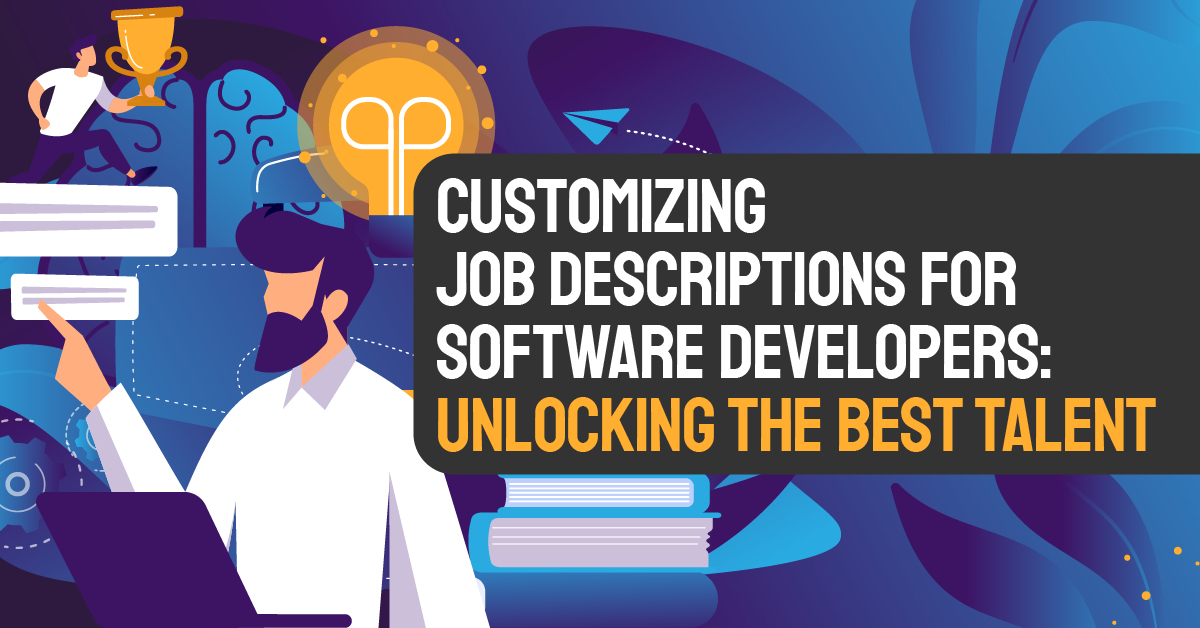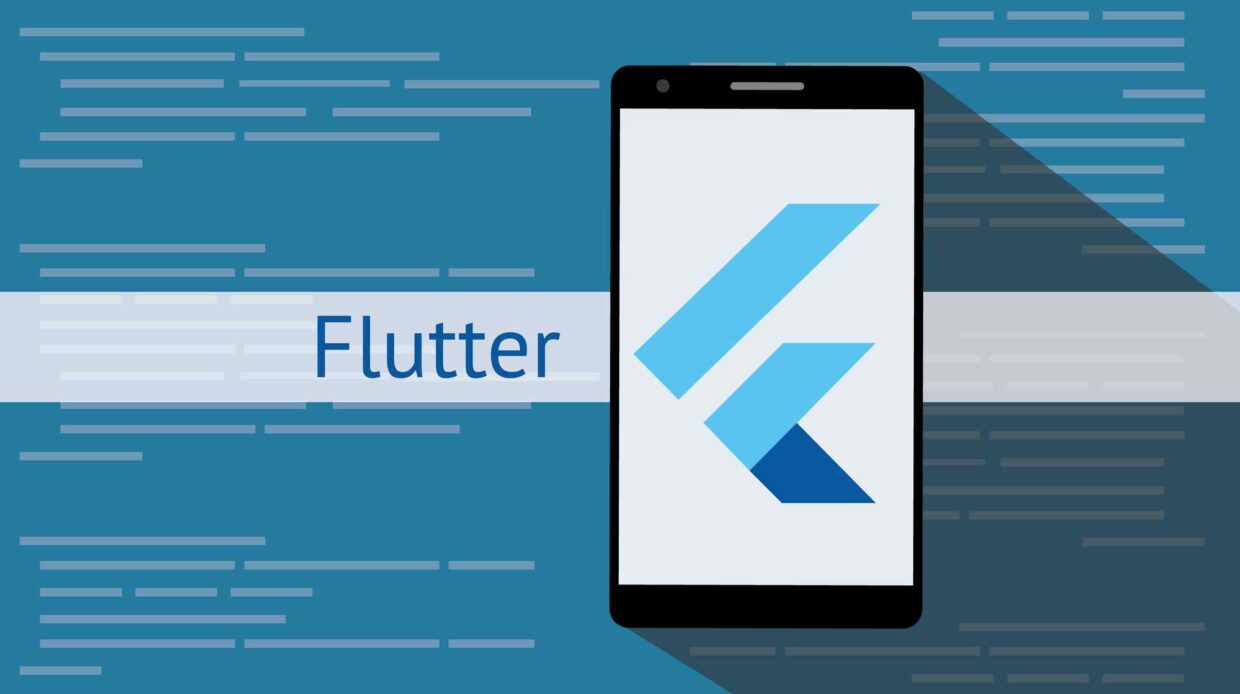Building a high-performance development team is one of the most critical steps in launching a successful web or mobile app project. React.js, a powerful JavaScript library, has become the go-to choice for companies looking to create dynamic, scalable, and interactive … Read More
Efisco Blog

WebSummit 2024: Embracing the Next Frontier of Innovation and Connectivity
As the bustling city of Lisbon played host to the much-anticipated WebSummit 2024, tech enthusiasts and industry leaders flocked to the vibrant event to witness the latest innovations, trends, and breakthrough technologies that are shaping the future. One prevailing theme … Read More

Behind the Scenes: A Look at the Latest Flutter Framework Updates and What They Mean for Developers
Developers are constantly searching for tools and frameworks that can streamline their workflow and advance their creations. Flutter is an open-source UI framework that has emerged as a transformative force in the world of app development. Flutter, developed by Google, … Read More

Customizing Job Descriptions for Software Developers: Unlocking the Best Talent
In the tech-dominated landscape, recruiting top-notch software developers is both an art and a science. The software development field is bustling with talent, yet many companies grapple to find the perfect fit. Often, the puzzle piece that’s missing is a … Read More

Harnessing AI to Understand Customer Sentiment: A New Era of Marketing Intelligence
Artificial intelligence (AI) has been revolutionizing numerous industries, and marketing is no exception. One particularly impactful application of AI in marketing is sentiment analysis – the process of determining the emotional tone behind words to gain an understanding of the … Read More

Natural Language Stylesheets. The future of web design?
The digital landscape is in a constant state of evolution, with Artificial Intelligence (AI) standing at the helm of this change. One area where AI’s transformative impact is becoming increasingly evident is web design and development. The rise of AI … Read More

Steps to Building a Flutter Application for Your Business
Flutter is a popular open-source mobile application development framework gaining widespread popularity among businesses and developers. With its cross-platform capabilities and sleek, modern design, Flutter is quickly becoming the go-to choice for many companies looking to build powerful mobile apps … Read More

Navigating the New Polish Labor Law Changes: What Employers and Employees Need to Know
Poland has recently introduced a series of changes to its labor law, affecting various aspects of the work environment. These changes cover areas such as working hours, breaks, parental leaves, flexible work arrangements, and remote work. It is crucial for both employers and employees to understand these new regulations to ensure compliance and maintain a healthy work-life balance. … Read More

Hiring Flutter App Developers for Your Project
Today, mobile apps have become essential for businesses to engage with customers, increase brand awareness, and boost revenue. With the rise of cross-platform app development frameworks like Flutter, creating a mobile app has become more accessible and cost-effective. However, hiring skilled … Read More

The Most Used Cross-Platform Framework or Where to Hire Flutter App Developers
Flutter framework brings a lot of opportunities in cross-platform mobile app development. With exceptional popularity among developers and businesses, many companies seek to hire Flutter app developers to bring new feature-rich mobile applications to the market. Introduced by Google in … Read More

